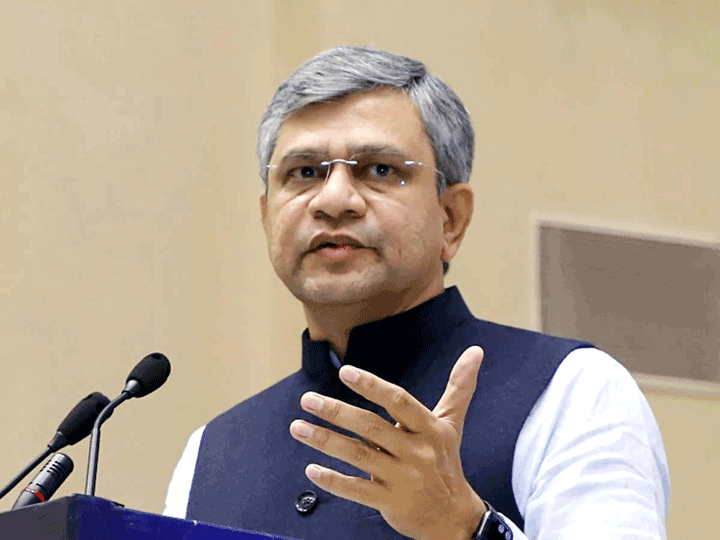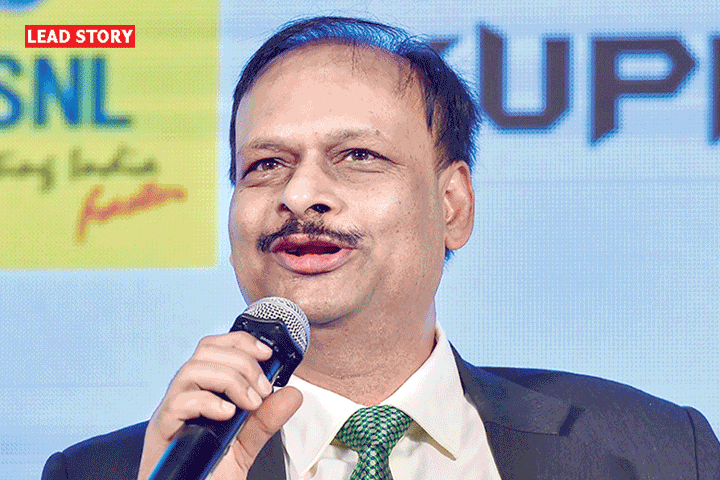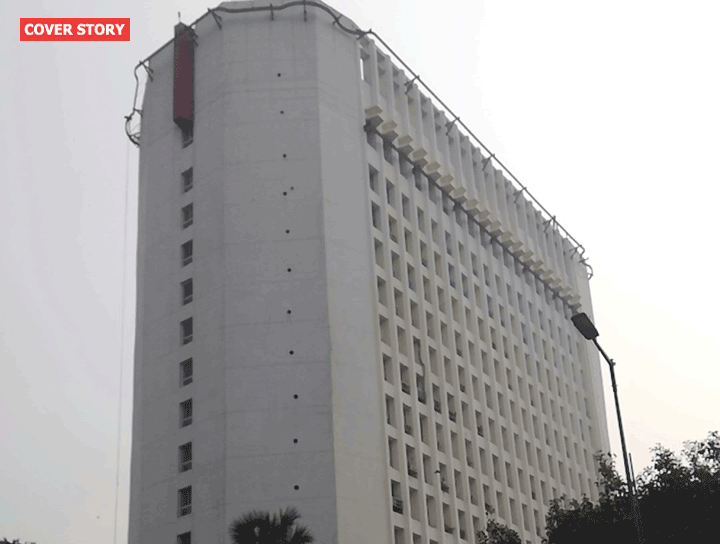Policies must focus on accelerating investment, 5G deployment: Telecom Minister Manoj Sinha
Telecom Minister Manoj Sinha Friday said that the policies and regulatory framework must look at providing incentives to facilitate investment and implementation of innovative fifth-generation (5G) technology services.
“Policies and regulation must focus on incentivizing a quantum change in investment and accelerating the deployment and take up of innovative 5G services,” Sinha while releasing a global benchmark analysis of 5G policies and initiatives.
Manoj Sinha-led Department of Telecommunications (DoT) that aims to launch ultra-high speed new technology-based services by 2020 has already formed a 5G Forum to chalk out rollout strategy.
The department has also recently released a draft National Digital Communications Policy 2018 prescribed a holistic and harmonized approach for harnessing emerging technologies by creating roadmap for 5G.
“India has much to gain from rising to the 5G challenge and a tremendous opportunity to accelerate its own ambitions,” the minister said, adding that that the country could learn from the experiences of early leaders to establish a cohesive 5G roadmap to help drive the Digital India strategy and to distinguish itself as a challenger in shaping 5G technologies.
The global benchmark analysis, carried out by a consultancy firm Policy Impact Partners offers a comparative overview of the 5G policies and market development initiatives promoted by the five countries considered to be global leaders in 5G— China, Japan, South Korea, the United Kingdom, and the United States.
“We are committed to India being an early adopter of the 5G platform and to enable this, are committed to working closely with industry and other key stakeholders to ensure that we lay the right foundations of this technology,” telecom secretary Aruna Sundararajan said.
By 2025 5G will be a significant part of the connectivity mix with the GSMA forecasting that it will account for 49% of total connections in the US (excluding cellular IoT), 45% in Japan and 25% in China.
Some of the policy considerations brought out by the firm include availability of spectrum on a technology neutral basis, and providing the right balance of licensed and license-exempt solutions.
The consultancy firm also advocated rationalization of high costs and administrative delays in accessing cell sites or fibre ducts.











